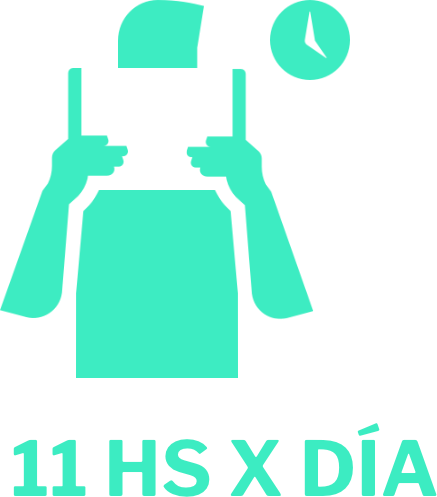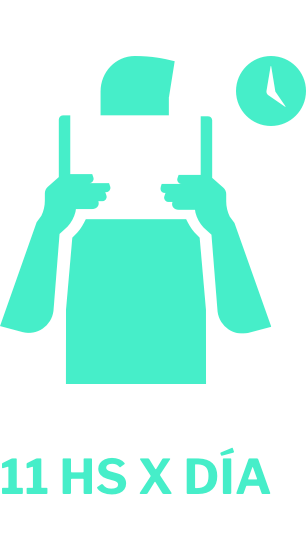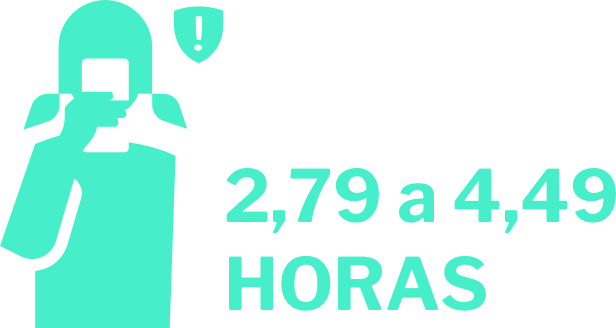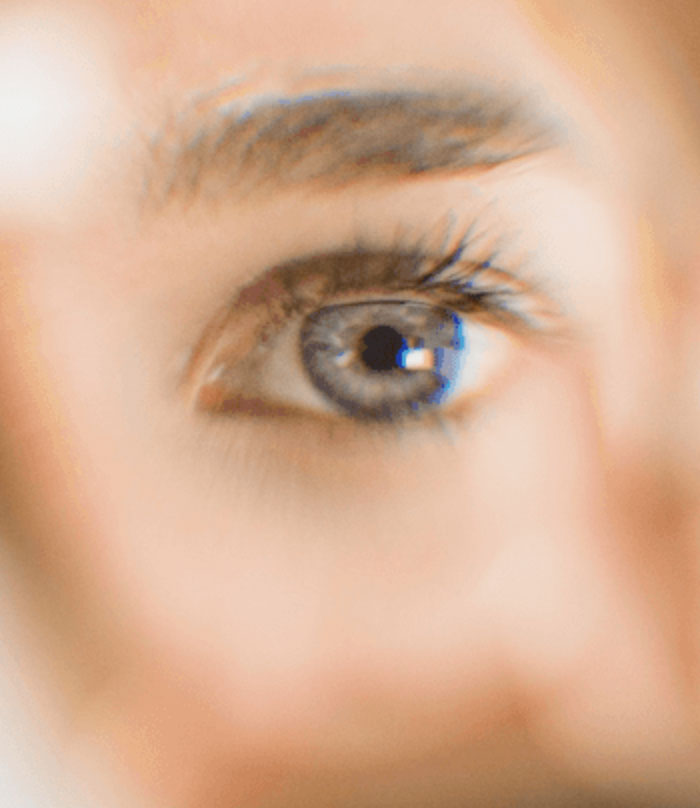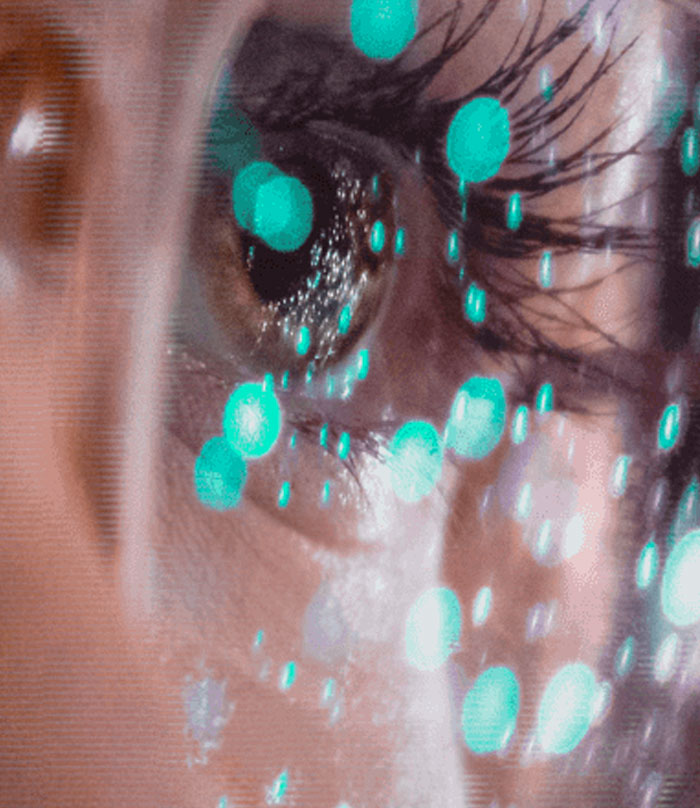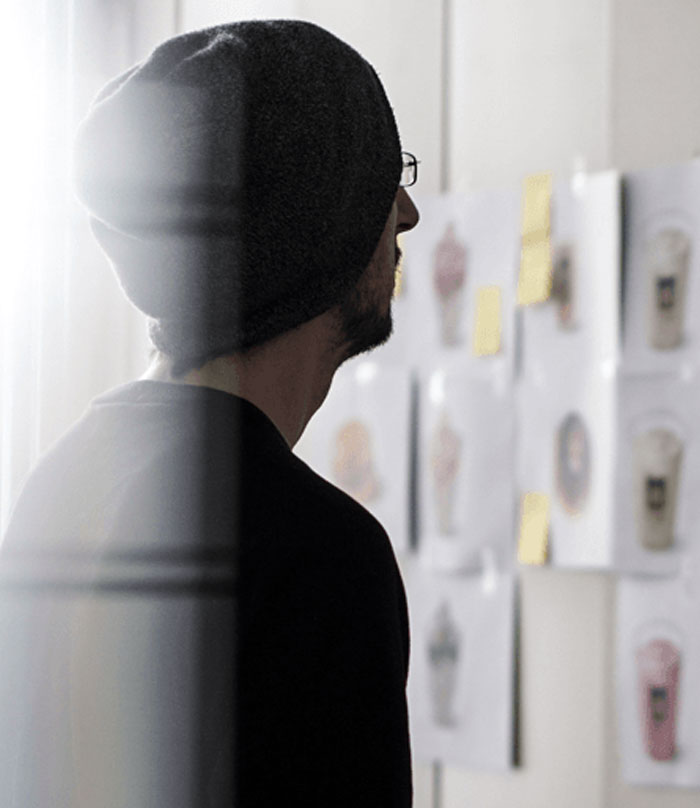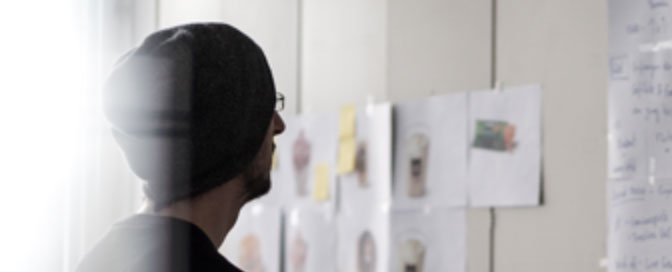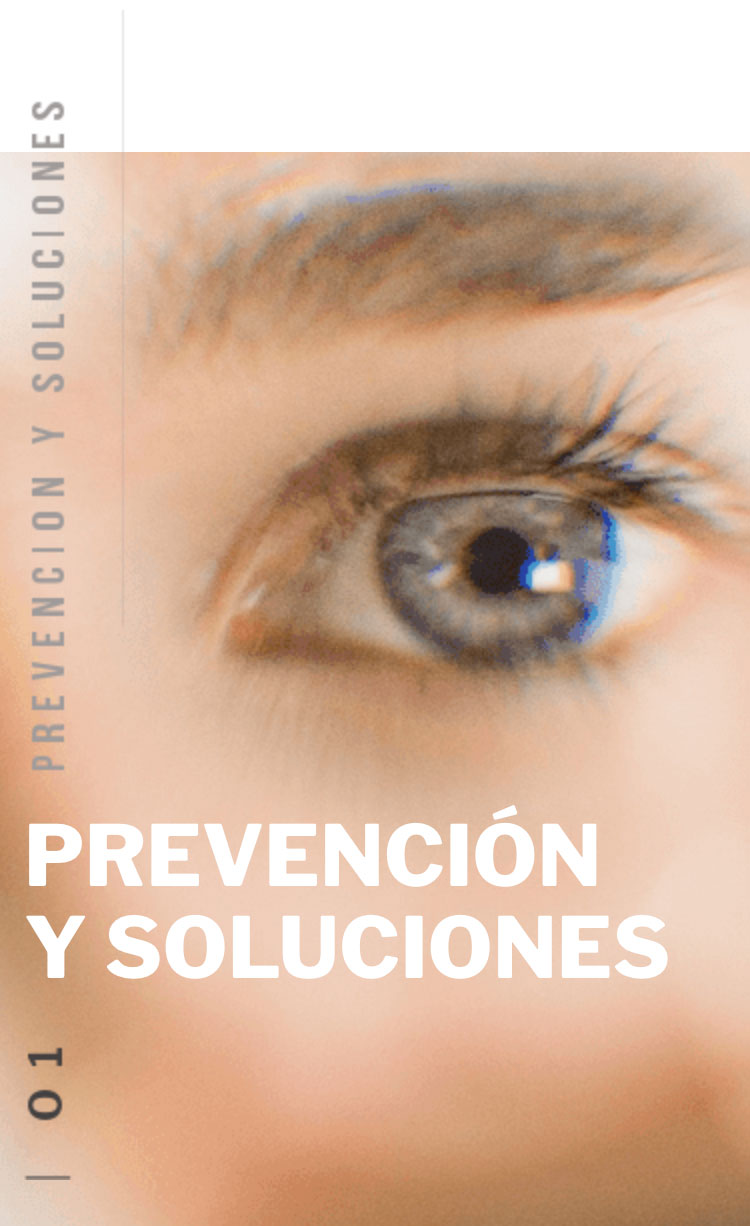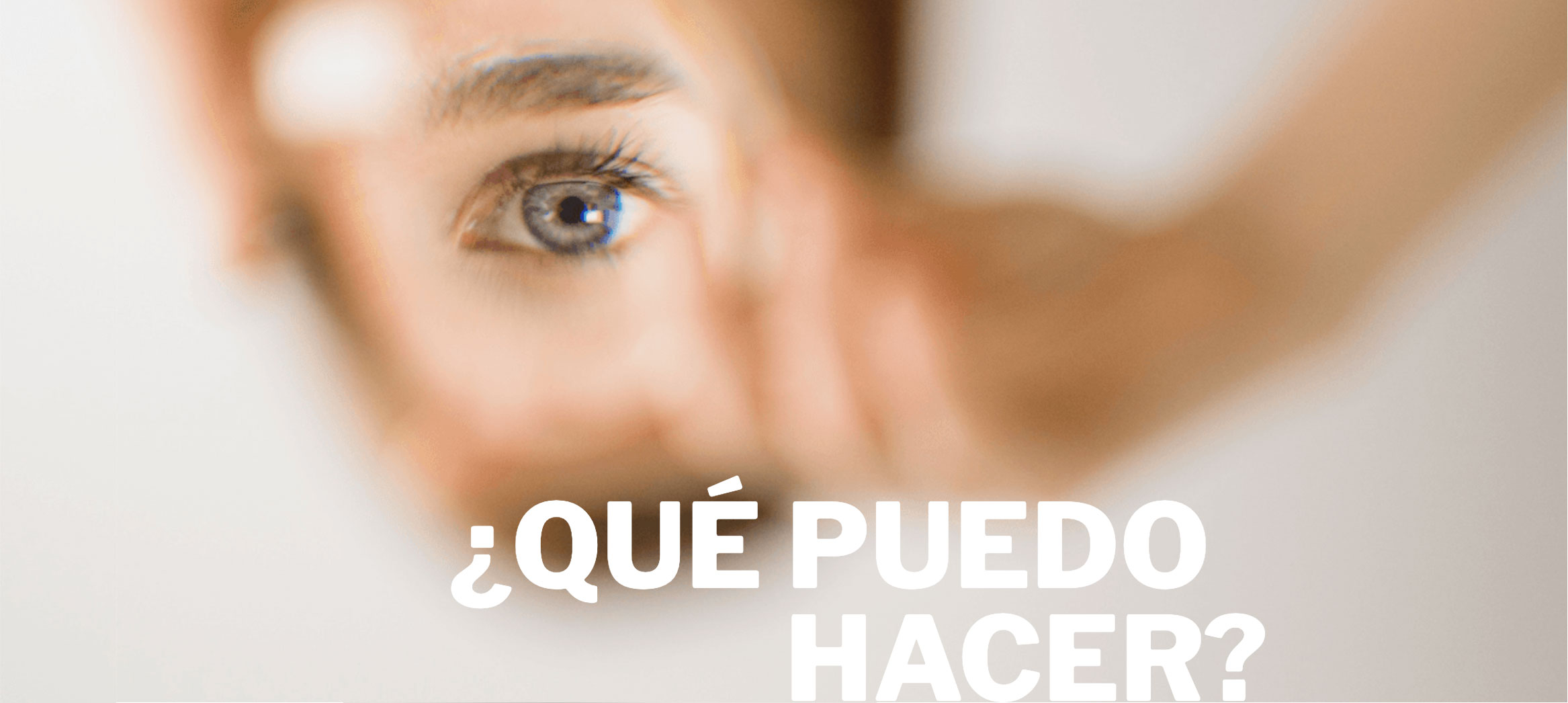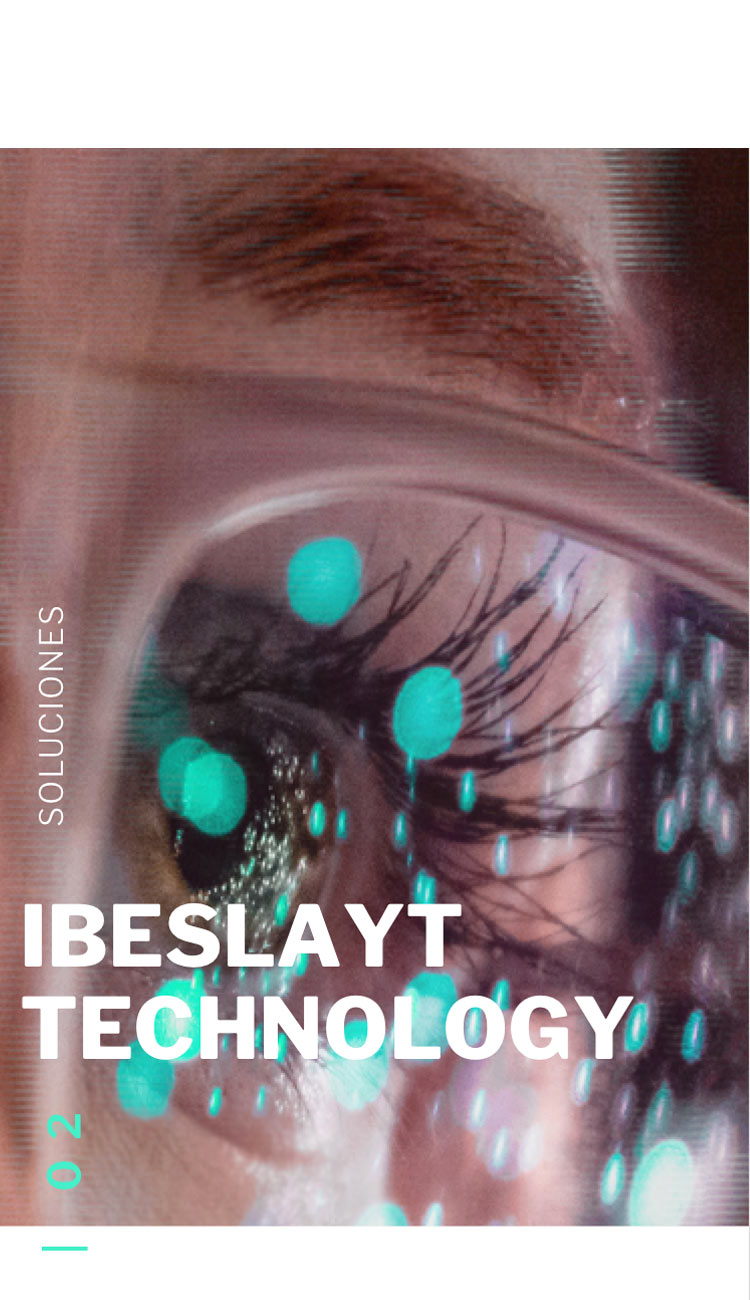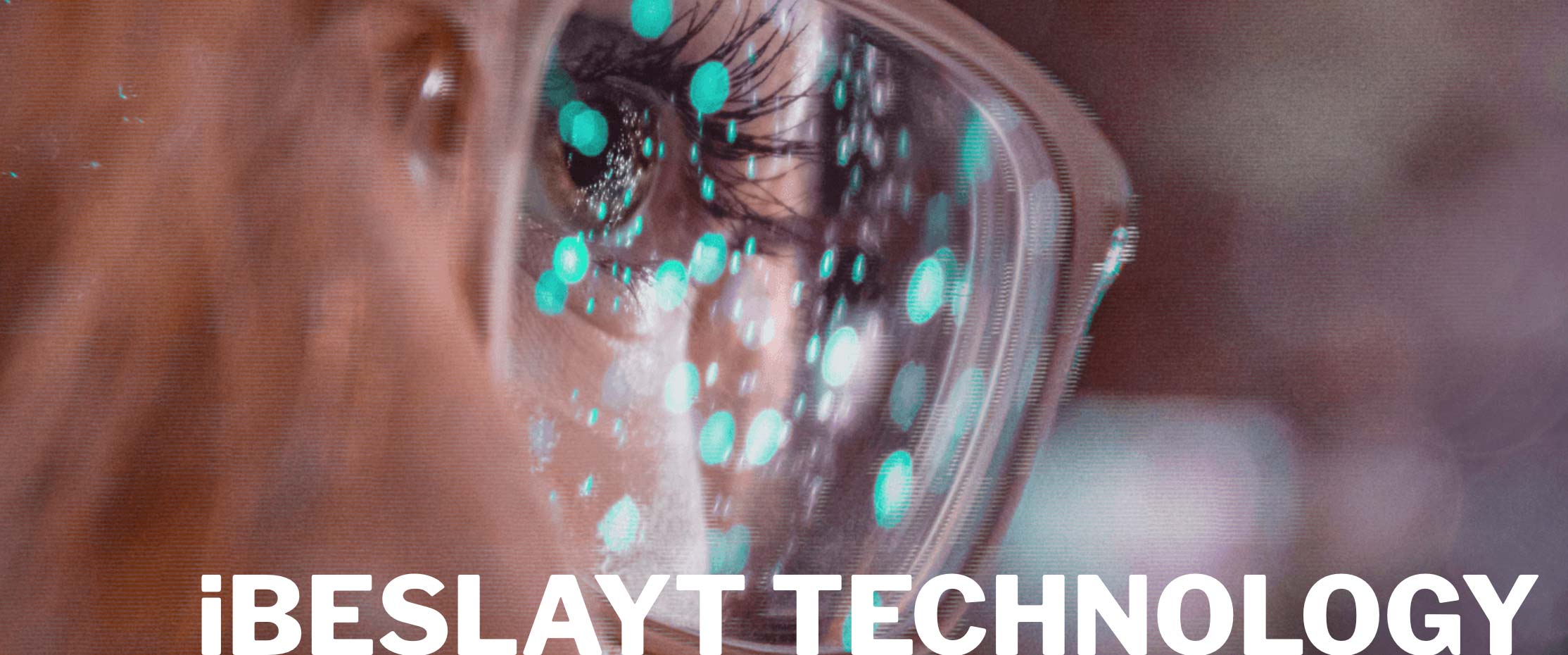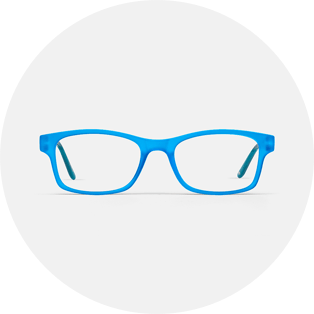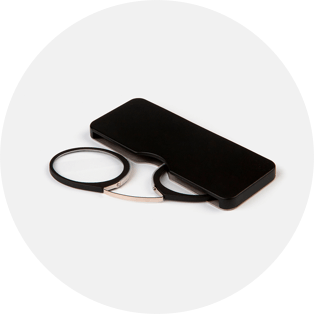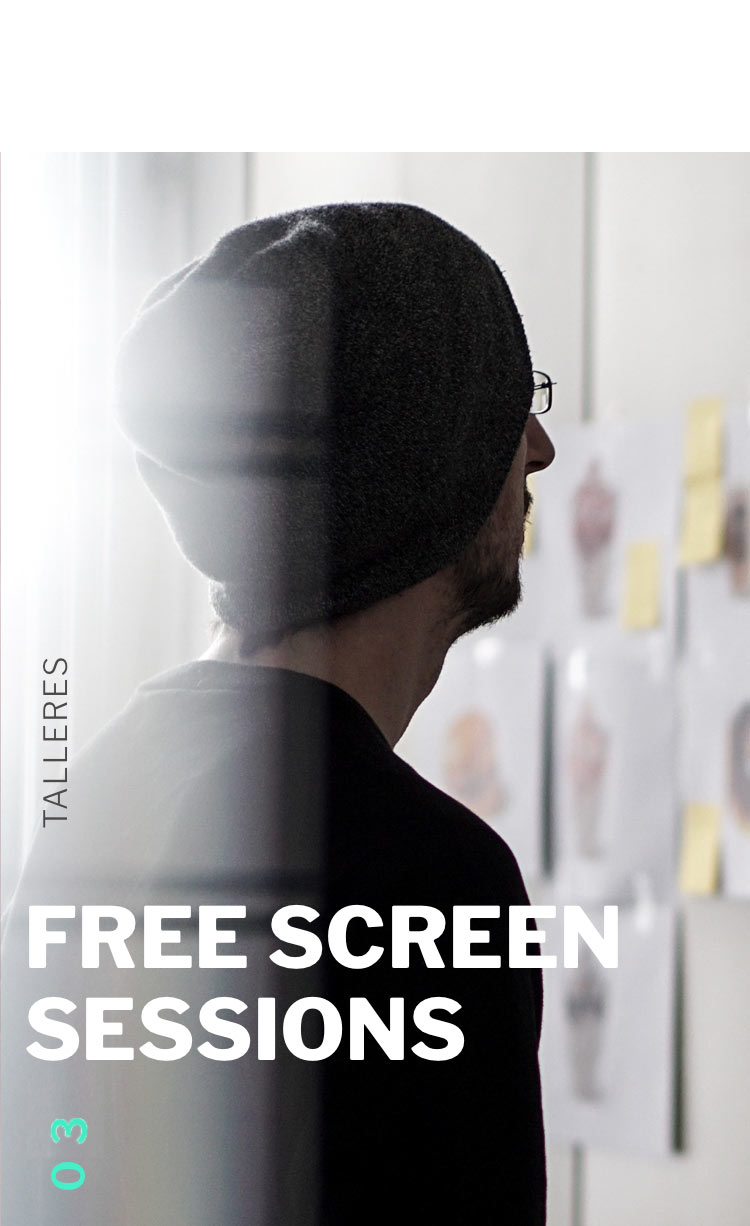Effects and Consequences
SOURCE: ASP 
 7 OUT OF 10 Spanish people look at their Smartphone before going to bed
7 OUT OF 10 Spanish people look at their Smartphone before going to bed
 admit that they look at a screen as soon as they get up
admit that they look at a screen as soon as they get up of Spanish people admit that they look at their phone when having dinner with friends
of Spanish people admit that they look at their phone when having dinner with friends

DAYS PER YEAR IN FRONT OF A SCREEN

 11 HOURS PER DAY
11 HOURS PER DAYin front of a screen
 2 OUT OF 3
2 OUT OF 3Spanish people take it to the bathroom
 admit that they look at a screen as soon as they get up
admit that they look at a screen as soon as they get up  of Spanish people admit that they look at their phone when having dinner with friends
of Spanish people admit that they look at their phone when having dinner with friends
 1 OUT OF 3
1 OUT OF 3children began using devices with screens before the age of 3

5 YEARS OLD
is the age at which practically half of all children begin to regularly use a device with a screen
9 YEARS OLD
is the age when children get their first mobile phone
 3 HOURS
3 HOURS<br/
is the amount of time 1 in 3 children spend looking at a screen
 4 HOURS
4 HOURS<br/
is the amount of time that children spend in front of a screen every day
 UPWARDS OF 4 HOURS PER DAY
UPWARDS OF 4 HOURS PER DAYis the average amount of time teenagers between the ages of 12 and 17 spend looking at screens every day, taking into account that not many colleges use screens in class.
But are we fully aware of the effects and consequences that this exposure can have on our eye health?
THE EXCESSIVE USE OF SCREENS CAUSES:


Furthermore, medium-term excessive use of screens and blue light can lead to very serious disorders, such as AGE-RELATED MACULAR DEGENERATION and retina damage.
In one working day, Spanish people spend 11 hours looking at a screen, and 81% look at 5 or more screens throughout the day.
“This absence of outdoor activity, coupled with an excessively sedentary lifestyle can have very damaging consequences, potentially leading to disorders such as accommodative asthenopia (whose main symptoms include itchy and red eyes, as well as headaches) or progressive myopia in children, caused by such a lack of natural light”, warns Manuel Díaz Llopis, Professor of Ophthalmology at the University of Valencia.
46% of those under 18 spend 3 hours or more per day looking at a screen.
“This usually leads them to look for dark areas where there is not much light, which is known as the cave effect. Such a lack of exposure of the eyes to carrying out activities in natural light is directly related to the increase in myopia that we are currently seeing worldwide. Particularly in Spain, where it is estimated that in 10 years more than 80% of children under 10 years old will end up developing myopia”, advises Díaz Llopis. More than 60% of Spanish people admit that they don’t consciously blink often while looking at screens. Furthermore, more than 70% admit that they don’t take a regular break every half an hour. “This lack of blinking leads to accommodative spasms, which causes the cornea to dry out, inducing further eye strain” (Manuel Díaz Llopis)
Prevention
More than 90% of Spanish people believe that they spend a worrying amount of time or too much time in front of screens. But what can we do to avoid this?
Manuel Díaz Llopis, Professor of Ophthalmology at the University of Valencia, in collaboration with the organisation Empantallados, recommends taking regular breaks in order to use screens responsibly and reduce the potential damaging consequences to eye health:
01
Evaluate your own usage
It is important to be aware of how we use screens in our daily life. Measure the amount of time you spend using them, and decide if it is appropriate. Pay particular attention to those activities that you carry out while simultaneously using screens: sometimes it is better to abandon multitasking and just focus on one activity at a time.
02
Create a personal plan for your digital usage
Most importantly, by determining what you want to use each of your devices for. Remove notifications from the home screen and decide for yourself when to look at your phone.
03
Use life hacks to help
Use various resources to measure and determine usage time and look for disconnection spaces. Some operating systems now allow you to set usage times, alarms or mechanisms to freeze devices at certain times.
04
Consciously blink regularly
05
Take short but regular breaks, looking up and focusing away from the screen.
If you have the opportunity, you should ideally look out the window or look towards an area with natural light. You should preferably take these breaks every 45 minutes. As you notice eye strain increasing throughout the day, you should take breaks more regularly.
06
Use artificial tears to lubricate your eyes, which will prevent dry eyes
multifilm advance 0.1% HA 15 ml€8.00
BUY
07
Sit at an appropriate distance from the screen
An ideal distance would be between 35 and 50 cm for small screens (mobiles, tablets), and a minimum of 55 cm for other fixed screens.
08
If you are a parent, it is important to set a good example
Try to avoid using your phone while interacting with your children, try to limit all the activities that you have to do on your devices to a particular time in the day and create a digital plan together as a family, with rules and limits to ensure that the family uses technology in a healthy and balanced way.
09
For those under 21, when they are not at school, encourage them to only use screens when there is no daylight.
This will prevent them from using screens in dark areas and thus avoiding activities in natural light.
10
Choose one day a week for a ‘screen detox’
when all screens will be turned off, and suggest alternative leisure activities, such as getting out to enjoy nature, sports, reading, etc.
11
Add a blue light filter if you wear prescription glasses.



